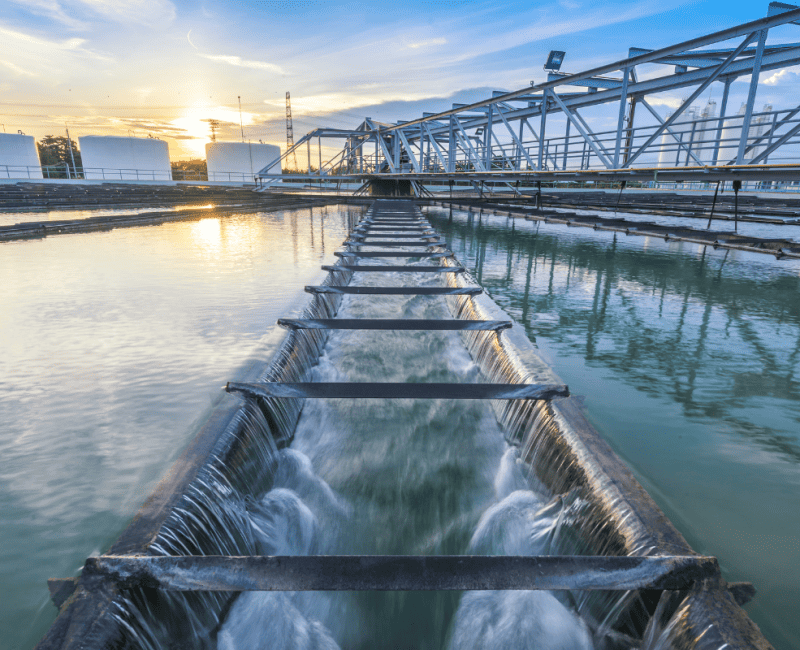
Antimicrobial resistance has been identified by the water industry as a growing concern in the delivery of wastewater treatment and water recycling schemes…

Antimicrobial resistance has been identified by the water industry as a growing concern in the delivery of wastewater treatment and water recycling schemes…
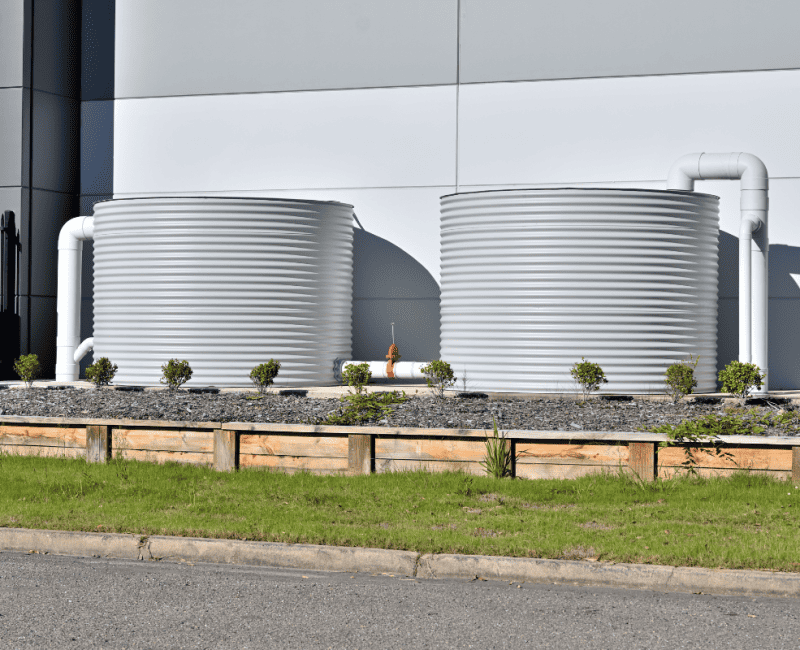
Ensuring the safety of our drinking water is a critical aspect of public health, with disinfection playing a pivotal role in safeguarding against microbial contaminants…

The sustainable application of biosolids to agricultural land is being limited by many contaminants such as microbial pathogens, PFAS, microplastics, and heavy metals…
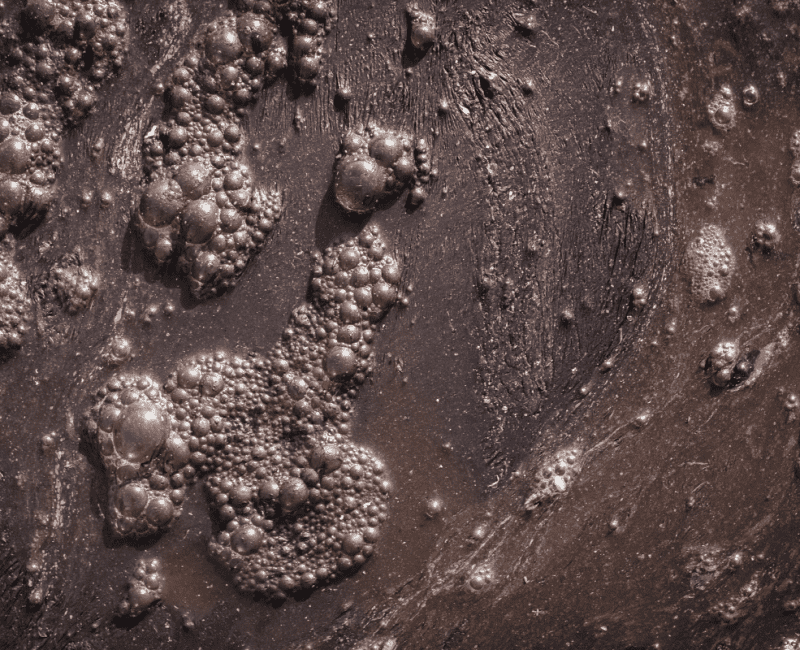
This project has four specific objectives: (1) To identify ways to prevent or reduce the incidence of foaming during anaerobic digestion of sewage sludge….
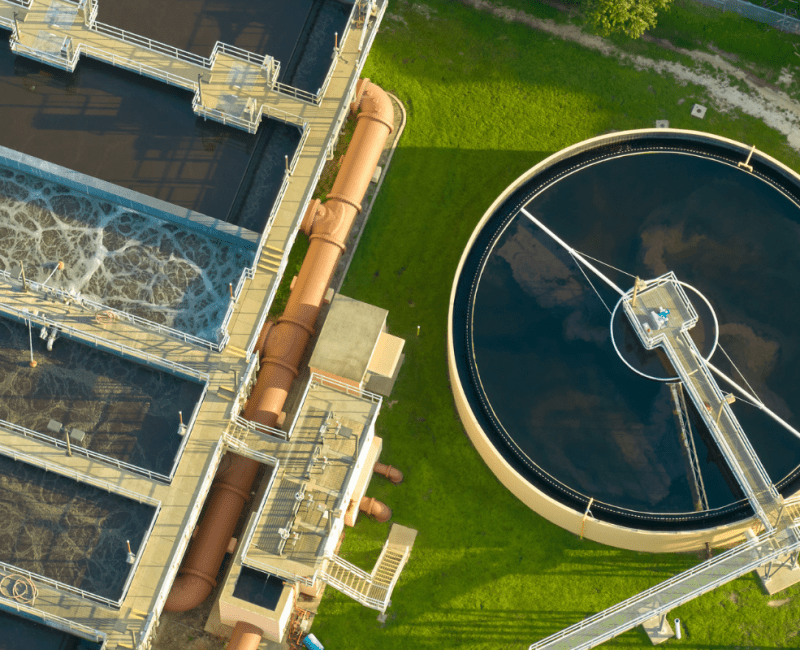
Waterborne pathogens cause millions of people to be sick each year globally, putting a burden on hospitals and having financial implications.

This project investigated Metabolomics-based applications (LC-MS and GC-MS) to advance cyanobacterial toxin detection and analysis in water to…
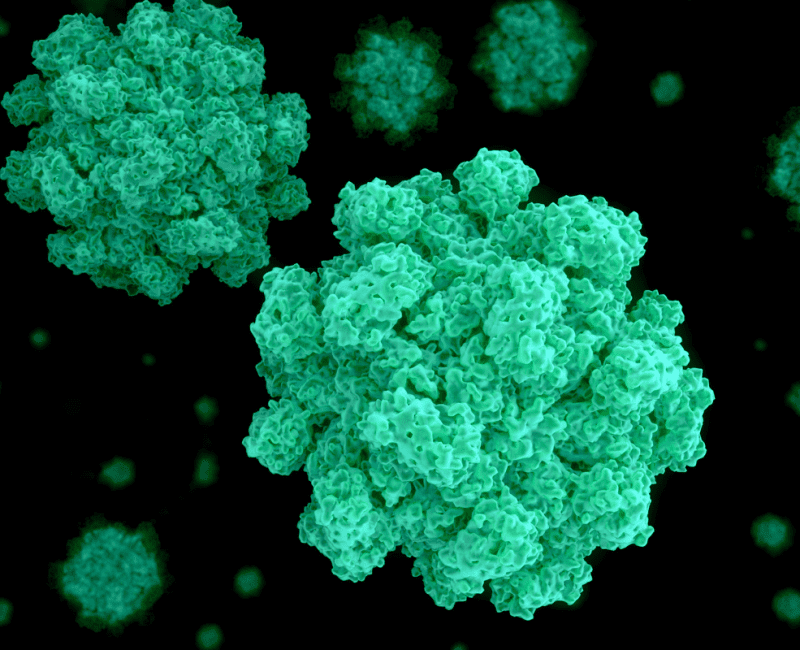
Viruses are responsible for more than 50% of all health-care associated gastroenteritis…
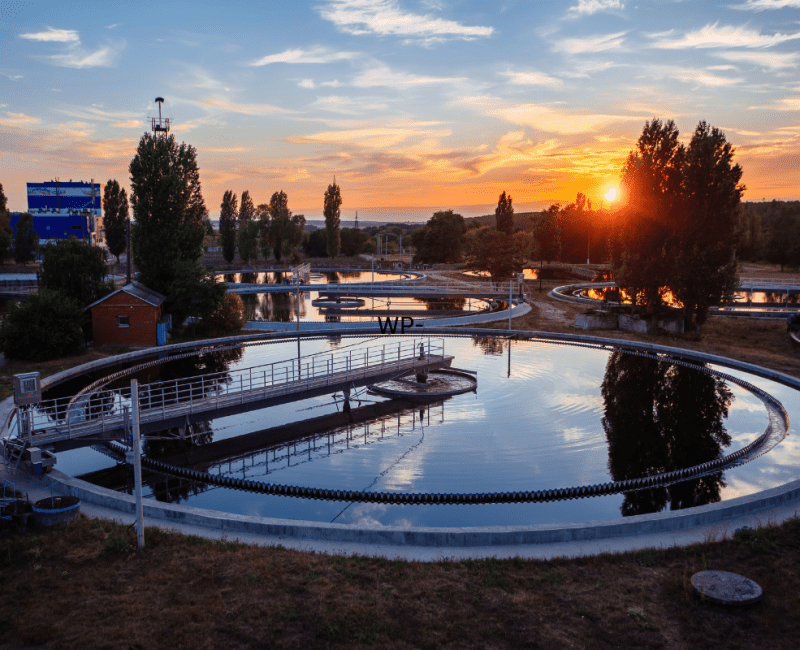
This research identified and validated the impacts of particle-pathogen association on the disinfection of various microorganisms in the treated wastewater effluents…

Growing populations and climate change place increased pressures on our water supplies…

Anabaena circinalis, is a commonly occurring cyanobacterial species in Australian source waters…